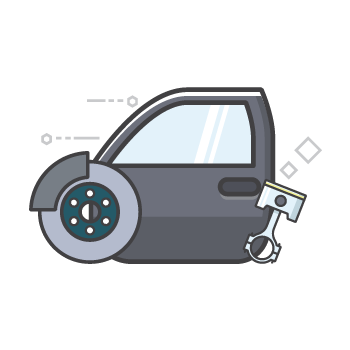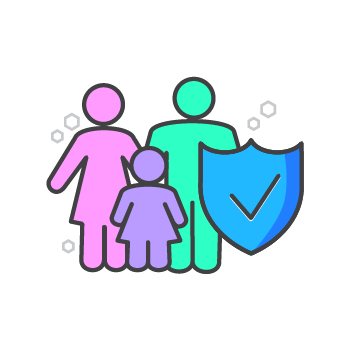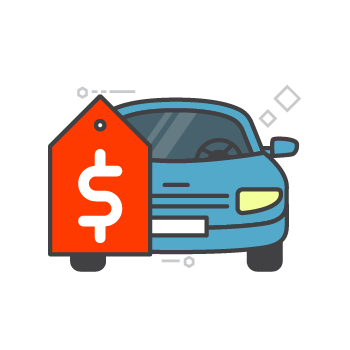Is Every Lead the Same? Match Leads to Your Marketing Tools & See Results
by Lou-Ann Jordan Mar 6, 2023
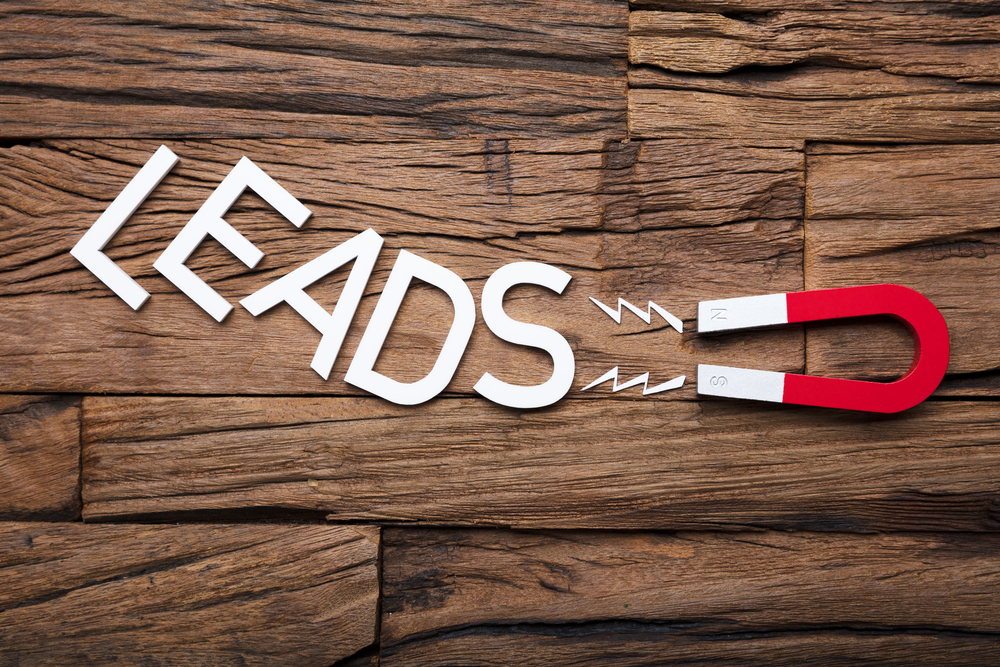
Every business wants them. Marketing teams employ innovative advertising strategies to create them, and various tools help to multiply them. More than that, the goal is always to convert them. What are they? Leads, quality leads, of course.
As a business, every aspect of customer engagement is motivated by the need to acquire leads because each one is a potential customer. The success of a company’s marketing strategy is determined by its ability to increase lead generation, lead acquisition and, of course, conversion rates.
Yet often, while focusing on this end goal, businesses neglect a critical element of lead generation. To ensure the effectiveness of your marketing tools, whether print or digital, you must consider your target audience when generating leads. These potential buyers will be at varying stages in their customer journey, so their needs will differ.
Consequently, since one of the key objectives is to transition your audience into actual lead status, their different needs must be considered. Therefore, the question ‘is every lead the same’ is crucial. The answer can have a tremendous impact on your company’s advertising success.
Leads and Lead Generation
First, let’s discuss leads. When we speak of a lead, we refer to a prospective customer, someone among your target audience who has expressed interest in your product or service. Typically, their interest is supported by their willingness to share contact information. Websites, landing pages, blogs and social media posts are among the different digital marketing devices used to engage prospective customers and generate leads.
A primary goal of a business’ marketing is to generate leads. To this end, several tools are employed to gain and increase the number of persons that express interest in a company’s product or service by building awareness. Generally, businesses place a lot more emphasis on lead conversion. However, a sale only occurs because of a lead(s) generated.
An example of this would be a prospect engaged with your content and communicated further interest, which resulted in an actual sale. While social media posts help build awareness, gated content such as e-books, webinars, how-to guides, and special offer sign-ups are excellent ways of inviting your audience to share their details.
Using the Customer Journey Map to Identify Leads
Before making a purchase, customers may go through several stages as they interact with your brand. They may have recently become aware of your product or a specific service, require more information or desire to purchase. The customer journey maps their experiences and interaction with your business as they navigate the different phases. Their progression is not always linear. It’s quite common for them to jump from one to the next, omit a step or return to an earlier point.
So, the question is, are all leads the same? No, they are not because customers’ needs differ according to where they are on their path. The customer journey map is helpful as it offers insight into buyers’ experiences and where they are positioned in their decision-making process.
For example, some are at the awareness stage; they are new to your business and are looking to learn more about your product and service. Others may be at the point of acquisition. By tailoring the overall marketing experience, the tools and content, you’re likely to achieve a successful outcome to suit each lead appropriately.
Here’s How to Use the Customer Journey to Identify Leads
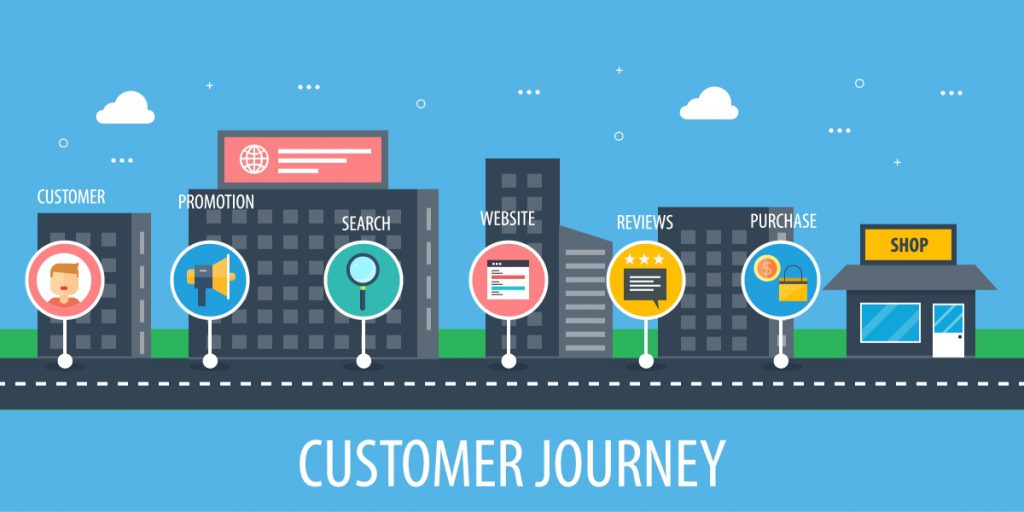
1. Leads at the Awareness Stage
At the awareness stage, customers discover your business. A yellow page ad with a QR code, SEM ads, boosted social media, or informative blog posts are all forms of advertising that get your business in front of your customers. A lead at this stage is someone who engages with the content by inviting your business to share more in the future. Such an invitation may take the form of scanning the QR code, gaining a “like” or “follow” on social media platforms, etc. (http://rxreviewz.com/) Advertising that offers an available product or service overview is effective because contact details are generally shared in the hope of learning more about what the business offers.
2. Leads at the Consideration Stage
Customers at the consideration stage are more intentional. They’ve identified their needs and are weighing their options. Therefore, leads reach out or engage your content for specific information. For example, a buyer searching for the best bathroom tile options would benefit from marketing that showcases the types of tiles you offer and other significant aspects of your service. Post-click tools such as QR codes, product-specific landing pages and SEM and social media ads are equally effective for leads at the consideration phase.
3. Leads at the Decision Stage
Many businesses treat all leads as though they are at this stage, neglecting the other two. Doing so does their advertising a disservice. Nevertheless, prospects at this point in their customer journey are invaluable. Here, they are ready to buy, with the only barriers being the cost and your competition. As far as marketing goes, Total Product Marketing advises that you should aim to establish your brand’s value. To edge out the competition, you want them to view your product(s) or service(s) as best suited for resolving their problems.
A business’ marketing strategy is successful when advertising is effective. The best way to ensure this is by marketing appropriately to your leads. Every lead is not the same, and determining where they are positioned will help you select the most suitable tools.
With the right marketing tools, you can get your message seen and, most importantly, your product or service sold.
****
Did you know Yello Media Group provides an array of digital marketing solutions that can help your business? We can even help you with lead generation and conversion. Contact us today for more information! Email [email protected].
Sources: Agility PR Solutions, Instapage, Ortto, Technology Advice and Total Product Marketing.






